Bray Yacht Design and Research publishes hull efficiency report
The analysis of a 45m hull, with and without a bulbous bow, demonstrates significant fuel consumption and required power reduction…
Maximising the efficiency of hull design will play a significant part in the marine industry's aspirations for emissions reductions. Multihulls are gaining significant traction in recent concepts and new build projects, for both their optimisation of floor space and gross tonnage, as well as their hydrodynamic characteristics. Another hull variant, one more closely associated with larger and commercial vessels, is the bulbous bow. The below summation of findings from a long-term study undertaken by Bray Yacht Design and Research.
Using a 45m base hull form as the base, this analysis compares a bare hull to a bulbous bow, to evaluate resistance reduction. This project was completed using extensive computational fluid dynamics (CFD) series, utilising the National Research Council of Canada’s Ocean, Coastal and River Engineering Research Centre’s expertise in numerical modelling. The project also received support in the form of advisory services and research and development funding from the NRC Industrial Research Assistance Program (NRC IRAP).
The resistance reduction is achieved by constructive/destructive wave interference. The appendages (bulb) modify the overall wave train through small wave and pressure patterns and it is this interaction which reduces the overall wave train, resulting in a reduction in the overall resistance.
 Fully appendaged form at 13.5 knots.
Fully appendaged form at 13.5 knots.
The reduction in resistance, and thereby the required powering, had a significant flow-on effect. In this example, the un-appendaged (bare hull) version has 338 tonnes of displacement vs the final appendaged version’s 364, an 8% increase in displacement. At the same time this heavier, more efficient final version has up to 116% greater range if the same fuel tank of 45 cubic meters is retained.
Theoretically, however, the final appendaged version requires only 42 cubic metres of fuel for similar ranges, a saving of 2450kgs, as can be seen in the below figure. Additionally, this will require smaller engines and lower SHP (Shaft Horse Power), theoretically saving another 910kgs per installed motor. These saving are significant, and this initial calculation does not take into account any reduction in hull plating.
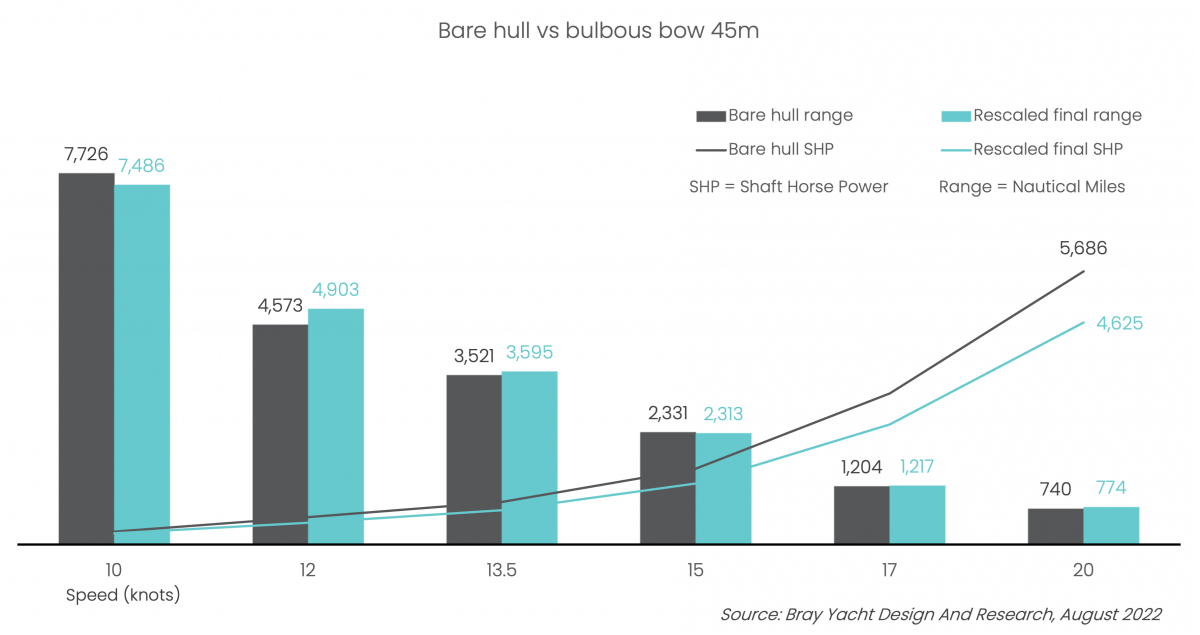
The un-appendaged version is calculated to have 24% – 26% more resistance over the majority of the speed range. This equates to a difference of over 1,100 hp at 20 knots. The appendaged hull, therefore, relates to considerable fuel savings, carbon footprint reduction, flatter wave train, and lower underwater noise signature. For electric propulsion, this also may correlate to smaller electric motors with a smaller draw on the battery system.
Lowering the environmental impact of a vessel isn’t just about the propulsion system, it starts with the power required to move the hull. Bray Yacht Design and Research see numerous ship applications for these appendages in reducing consumption of fossil fuels and the impact of vessel wake on shorelines, as well as reducing the quantities of raw materials required to construct these more efficient and therefore lighter weight vessels.
NEW: Sign up for SuperyachtNewsweek!
Get the latest weekly news, in-depth reports, intelligence, and strategic insights, delivered directly from The Superyacht Group's editors and market analysts.
Stay at the forefront of the superyacht industry with SuperyachtNewsweek
Click here to become part of The Superyacht Group community, and join us in our mission to make this industry accessible to all, and prosperous for the long-term. We are offering access to the superyacht industry’s most comprehensive and longstanding archive of business-critical information, as well as a comprehensive, real-time superyacht fleet database, for just £10 per month, because we are One Industry with One Mission. Sign up here.
Related news
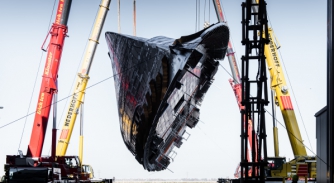
Royal Huisman turns Project 460
Royal Husiman's Project 406 has been revealed and turned in Vollenhove, Netherlands
Fleet
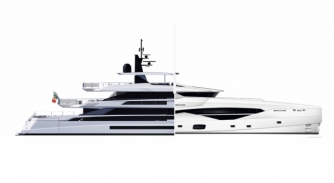
Sunseeker 50m Ocean vs Mangusta Oceano 50
While the two superyachts feature similar specifications, we look into what it is that sets them apart...
Fleet
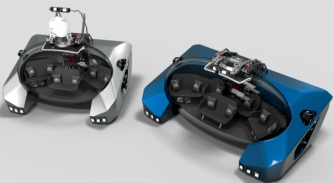
Triton announces AVA 660/9 and 660/7
SuperyachtNews speaks with Triton president Patrick Lahey and principal design engineer John Ramsay
Technology

Weird Science
There is more to effective science on a superyacht than simply participating
Technology
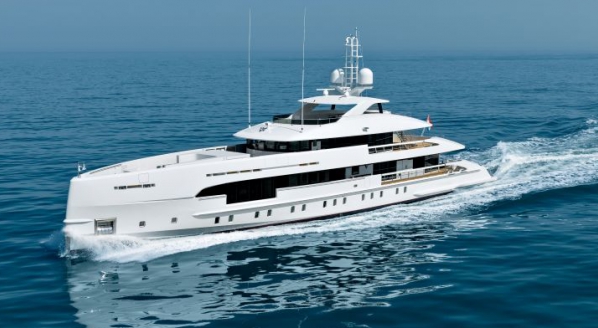
Heesen delivers 'Amare II'
The 50m hybrid suuperyacht suffered only minor delays as a result of COVID-19
Fleet
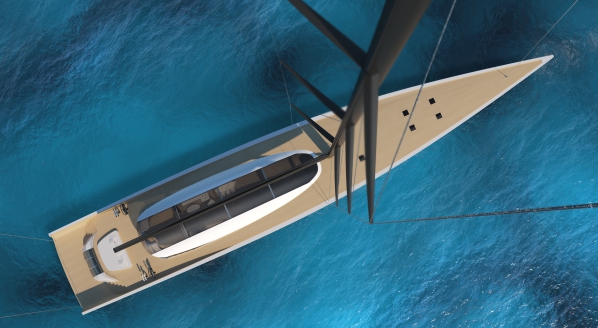
Philippe Briand expounds sailing as the greenest path
The London based designer reveals his plans for a more sustainable superyacht design philosophy
Design
Related news
Royal Huisman turns Project 460
4 years ago
Sunseeker 50m Ocean vs Mangusta Oceano 50
4 years ago
Triton announces AVA 660/9 and 660/7
4 years ago
Weird Science
4 years ago
Heesen delivers 'Amare II'
6 years ago
NEW: Sign up for
SuperyachtNewsweek!
Get the latest weekly news, in-depth reports, intelligence, and strategic insights, delivered directly from The Superyacht Group's editors and market analysts.
Stay at the forefront of the superyacht industry with SuperyachtNewsweek



